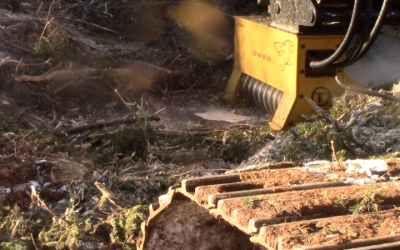Gears are used in equipment, engines, systems, and machines, and they can range from the small plastic gears in a printer or any type of household machine with moving parts, or they can be made out of highly durable metals and alloys for use in vehicles, heavy-duty machinery, automated systems, and specialized equipment.
For most heavy-duty applications and even light duty applications where long-life cycles, durability and resistant to wear are important factors, metals and alloys are typically the go-to materials. Selecting the right metal as well as the correct option in heat treatment of gears is essential in building in these necessary features.
It is also paramount for OEMs, and heat treatment services understand the best option in the heat treatment of gears based on the material. Pairing the wrong heat treatment method with a specific alloy or metal may provide great looking results, but the gear may quickly wear, pit or otherwise fail to live up to the requirements for the application.
What Heat Treatment Does
The reason for choosing the heat treatment of gears is to increase the surface hardness, which is particularly important and critical for the teeth on the gear. This same hardening is also a benefit to the bearing on the gear, extending its hardness to eliminate fatigue and gear failure.
The heat treatment impacts the physical characteristics of the gear, and the specific treatment selected can increase or decrease ductility, wear resistance, and surface and core hardness factors.
The types of alloying metals found in the base material of the gear are critical to know and to understand when selecting a heat treatment process. In addition to the specific process, which can range from hardening to carburizing or different options in quenching, the specific end results have to be considered.
Working with a top company offering a full range of heat treatment solutions allows the OEM to see better results through the process selected as the best match.


